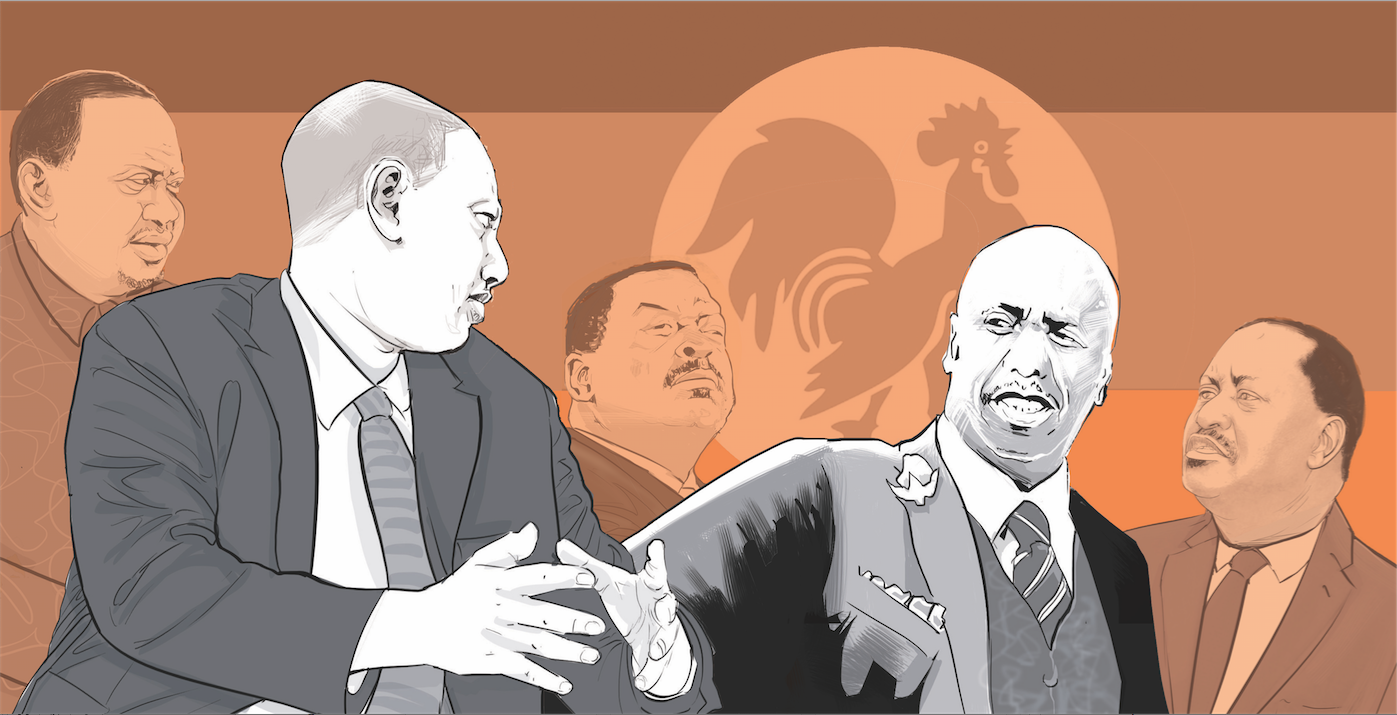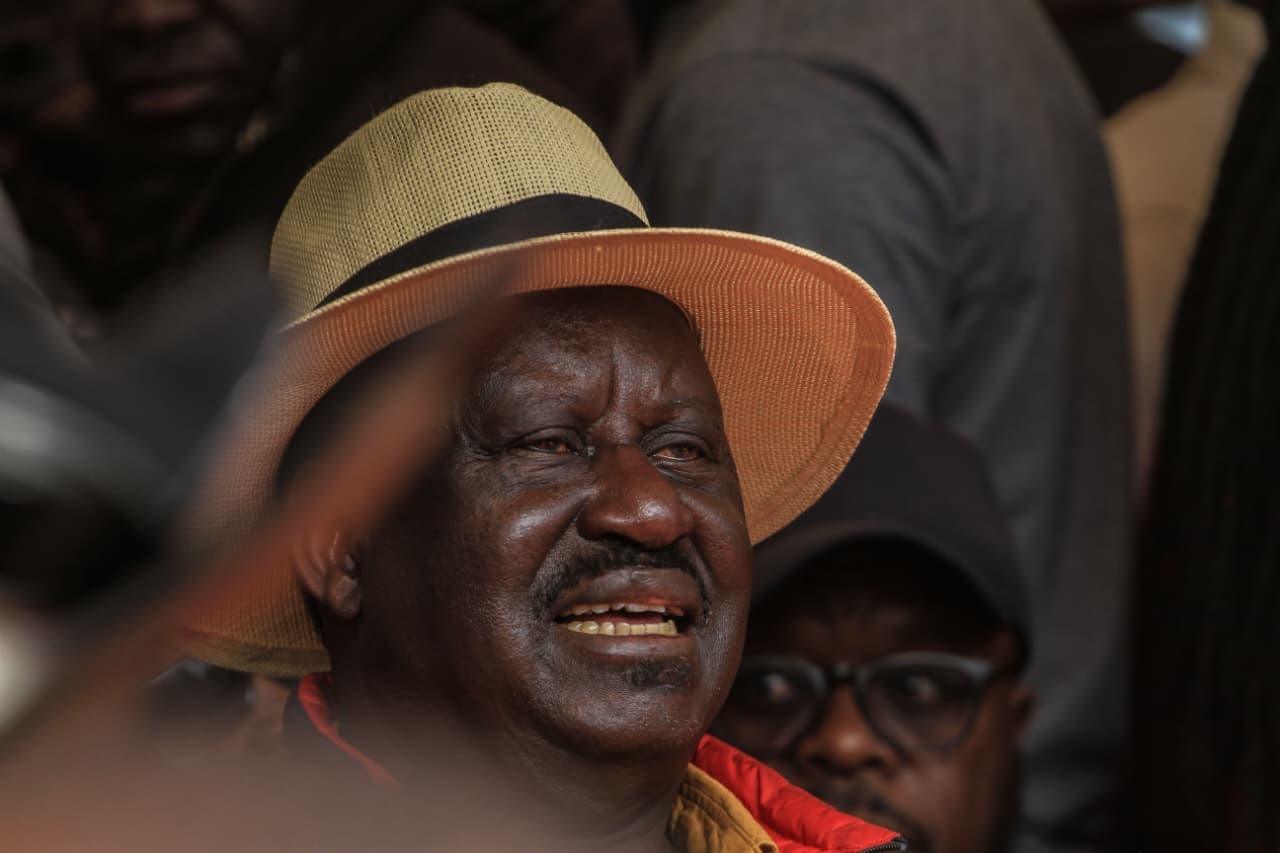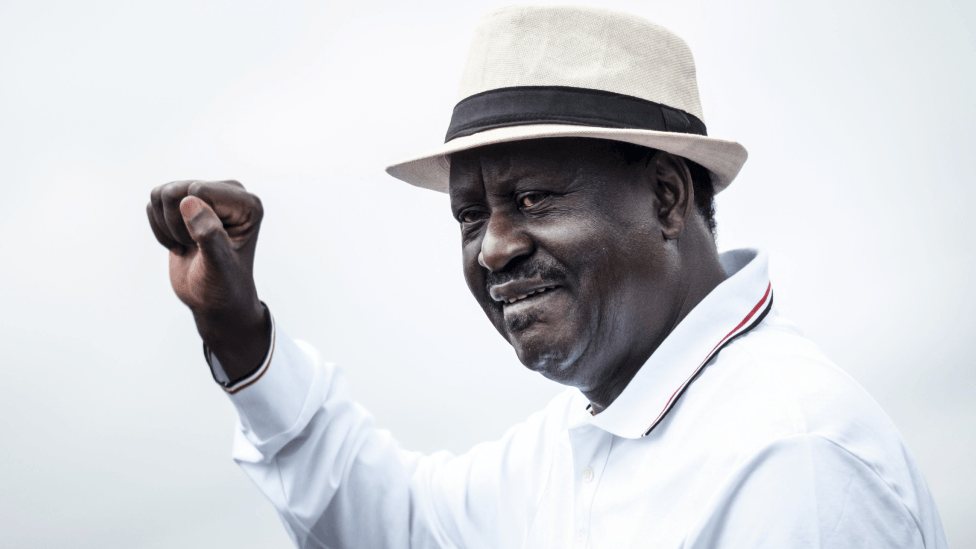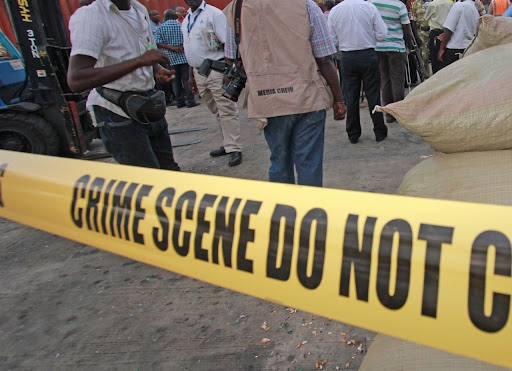

In the complex and often unpredictable world of Kenyan politics, genuine moments of realignment are rare. Yet Gideon Moi’s bold choice to join forces with President William Ruto’s government stands out as a masterstroke that has shaken up the establishment, reshaped alliances and reconfigured the landscape of Kenya’s political scene.
This is no ordinary handshake. It is a calculated gamble that injects new vitality into the Kenya Kwanza government and fortifies its position ahead of 2027. Moi’s entry carries both symbolism and substance—a blend of history, legacy and political capital that few can command.
At the heart of this move lies the definitive consolidation of Rift Valley. By joining forces with Ruto, Gideon has neutralised a long-standing regional rivalry and transformed the Rift into an impregnable political fortress.
What was once a contested ground is now a unified bastion, securing Ruto’s dominance within the Kalenjin heartland and creating an unshakable electoral base.
But Gideon does not come empty-handed. He brings the institutional weight of Kanu—the independence Grand Old Party that once defined Kenya’s political order. This alliance revives Kanu from nostalgic memory to modern relevance, giving Ruto’s coalition both historical depth and a wider parliamentary reach.
Most importantly, it bridges two political eras: Moi’s dynastic legacy fuses with Ruto’s “hustler” revolution, creating a powerful narrative that transcends the divides of class and privilege.
This move has also reawakened the spirit of Kanu—the political nursery that produced Kenya’s modern power elite. From Raila Odinga, Uhuru Kenyatta and Musalia Mudavadi to William Ruto himself, nearly every towering figure in today’s politics once wore the red cockerel badge. They are all members of that same fraternity—Kanu’s old boys—now finding their way back into an unexpected reunion.
Raila’s strategic but broad moves, Uhuru’s quiet consent and Musalia’s steady anchoring role in government all hint at a subtle convergence. It’s as though Kenya’s political veterans, after years of rivalry, are rediscovering Kanu’s old discipline—pragmatism over populism, deal-making over drama, unity over endless confrontation.
For the first time in decades, Ruto, Raila, Uhuru, Gideon and Musalia—each moulded by the Kanu tradition—seem, directly or indirectly, aligned on the same wavelength: stability. And through Gideon’s bold step, that shared instinct appears to have found its symbolic centre.
Yet amid this growing fraternity, one question lingers—where does this leave Kalonzo Musyoka? A loyal graduate of Moi’s political school, Kalonzo now faces a defining test. Does he stand apart and risk isolation, or read the signs and reposition himself within this expanding circle of pragmatism?
In many ways, this moment feels like a class reunion of Kanu’s brightest alumni—each returning with legacy, networks and experience to shape a new era of political cooperation.
The Ruto–Gideon alliance is not symbolic; it is strategic. Gideon's withdrawal of his candidature from the Baringo senatorial by-election was a concrete gesture of goodwill, directly boosting UDA’s prospects. In return, Kanu is expected to gain meaningful representation in government, while the Moi family’s legacy will be honoured through major development projects in Baringo, including a proposed university and stadium.
Gideon Moi’s decision signals a maturing of Kenya’s political class—a shift
from confrontation to consolidation. For Ruto, it crowns his political rise,
proving that his once-divisive “hustler” movement has evolved into a national
force.
Together, Ruto, Gideon, Raila, Uhuru, Musalia and Kalonzo form an informal but formidable fraternity—the Kanu old boys, reassembled under new circumstances. They have not just changed the game; they have redrawn the board. As this old network reawakens in a new form, the rest of the political class must decide whether to join the reunion—or watch from the sidelines as a new dawn unfolds.
Strategic advisor and expert in leadership and governance.











![[PHOTOS] Baba has left us orphans - Kisumu residents mourn Raila](/_next/image?url=https%3A%2F%2Fcdn.radioafrica.digital%2Fimage%2F2025%2F10%2F910325a1-f207-4932-b9bb-eae6f91fdead.jpg&w=3840&q=100)


